What are the disadvantages of tungsten carbide tools?
When it comes to cutting-edge tools, Tungsten Carbide (WC) is often hailed as one of the most reliable and efficient materials. Its exceptional hardness, durability, and resistance to wear make it a popular choice for various applications, especially in the metalworking industry. However, even with its numerous advantages, like any other material, it also has its fair share of disadvantages. In this blog post, we will delve into the downsides of tungsten carbide tools, shedding light on potential limitations and considerations for users.
1. Brittle Nature.
While tungsten carbide is revered for its hardness, this attribute brings along a significant drawback - its inherent brittleness. Despite being incredibly tough and enduring under certain conditions, excessive force or sudden impacts can cause chipping or fractures in the material. This brittleness can be particularly problematic when machining delicate or complex workpieces, where even a minor accident or misjudgment can lead to tool failure. Hence, operators need to exercise caution and select appropriate cutting parameters to prevent tool breakage or damage.
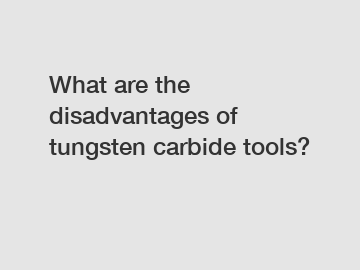
2. High Initial Cost.
Another notable disadvantage of tungsten carbide tools is their relatively high initial cost compared to conventional tooling options. As WC tools are made using a complex manufacturing process and require specific equipment, the production costs are significantly higher. Consequently, the price passed onto the end-user tends to be steeper. Nevertheless, it is essential to view this cost as an investment, given the extended tool life WC tools offer. Over time, the higher upfront expense can be offset by their extended operational longevity and the resulting increase in productivity and efficiency.
3. Limited Application Range.
Despite its remarkable performance in various industrial settings, tungsten carbide has certain limitations in terms of its application range. WC tools may not be the most suitable choice when machining nonferrous materials such as aluminum, copper, or brass, as these materials tend to cause built-up edge and chip welding, resulting in poor surface finish and shorter tool life. Additionally, WC tools may produce excessive heat during machining, making it unsuitable for heat-sensitive materials like plastics and composites. Hence, it is essential to carefully evaluate the material being processed before opting for WC tools, ensuring they are a suitable fit for the task at hand.
Additional resources:Which storage cage for sale suits your business needs?
Which Titanium Wire Mesh Product Supplier Ensures Unmatched Durability?
Which alternative metal filtration techniques replace Molten Aluminium Shunt Filtration Pouches?
What are the advantages of purchasing galvanized cold rolled steel coils from reliable suppliers?
The Ultimate Guide: Finding the Perfect Aluminum Screens for Any Project
Unlock Massive Savings: The Ultimate Guide to Buying Used Oilfield Pipe
Why is firebrick so expensive?
4. Challenging to Resharpen.
Unlike traditional tool materials that can be easily sharpened or resharpened, tungsten carbide can be quite challenging to restore to its original cutting edge. Due to its exceptional hardness, conventional sharpening methods may not yield the desired results. Regrinding or reconditioning WC tools requires specialized machinery, expertise, and often results in increased downtime. Consequently, the complexity and cost associated with the resharpening process can discourage some users from considering these tools, especially in situations where frequent resharpening is necessary.
5. Environmental Concerns.
Tungsten carbide tools often contain cobalt, which serves as a binder to hold the WC particles together. While cobalt aids in enhancing the strength and toughness of the tool, it presents environmental challenges. Cobalt is classified as a hazardous material, and its presence can pose health risks to workers if not handled properly. Additionally, cobalt mining has been associated with negative environmental impacts, including water contamination and land degradation. Manufacturers and users of WC tools need to adopt responsible practices to minimize the environmental footprint associated with the production and disposal of these tools.
Conclusion.
Tungsten carbide tools undoubtedly offer exceptional performance and significantly contribute to increased productivity and efficiency in various industries. However, it is essential to consider the disadvantages presented by this material. With its inherent brittleness, high initial cost, limited application range, challenges in resharpening, and environmental concerns associated with cobalt usage, users must weigh the advantages against the drawbacks when selecting tools for specific applications. By carefully considering these aspects, individuals can make informed decisions, ensuring the optimal utilization of tungsten carbide tools while minimizing potential setbacks.
The company is the world’s best metric carbide rods, customized cemented carbide strips, tungsten carbide blanks supplier supplier. We are your one-stop shop for all needs. Our staff are highly-specialized and will help you find the product you need.
Additional resources:Unveiling the Versatility of our Wire Mesh Series
The Ultimate Guide to 400mm UHP Graphite Electrodes
Which Alternative Energy Sources are Compatible with Low Sulphur Petroleum Coke?
How much does 8 Ductile Iron Pipe weight per foot?
What are the advantages of buying cheap geological drill pipes?
Where do you use a weld neck flange?
What is the use of molybdenum wire?
Related Articles

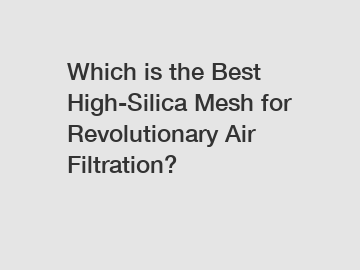
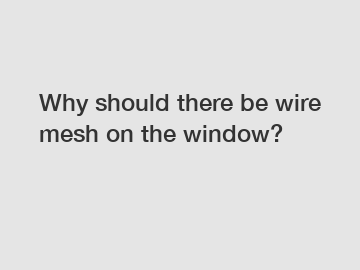


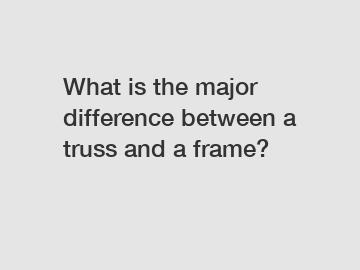

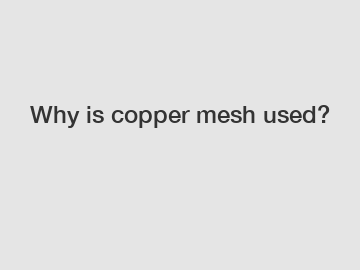

Comments